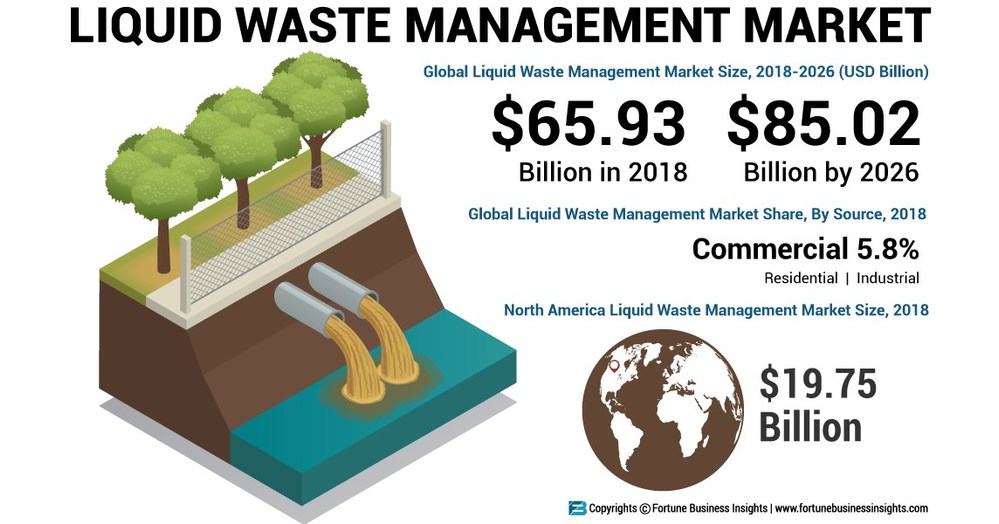9 Simple Techniques For Reclaim Waste
Table of Contents7 Easy Facts About Reclaim Waste DescribedThe Ultimate Guide To Reclaim WasteAll About Reclaim WasteThe Basic Principles Of Reclaim Waste Reclaim Waste Fundamentals Explained
Residential sewage waste refers to the waste and products from a household septic storage tank. The correct management and disposal of residential sewer waste need fluid waste to be moved to a sewage therapy plant where the proper techniques and tools are applied to cleanse and dispose of waste.
Business waste frequently consists of possible risks, such as combustible products or a mix of fluid and strong waste items, and requires a much more innovative and in-depth disposal procedure. The disposal of commercial waste usually entails the filtering of waste prior to transportation to make certain secure and proper disposal. Industrial waste is produced from by-products and overflow of commercial procedures and manufacturing.
This kind of waste can not use the exact same sewage management transportation or procedures as septic or commercial liquids. The industrial waste administration process needs the examination and screening of fluid waste prior to it undertakes the disposal procedure (liquid waste removal). Overflow waste is the liquid waste that comes from runoff and excess stormwater in highly populated areas or cities
Runoff waste can cause contamination and flooding if not handled properly. Learn more about sewage system cleansing and waste monitoring. Making certain correct waste monitoring can stop catastrophes and reduce ecological injury. Both people in household setups and experts in commercial or manufacturing sectors can take advantage of comprehending the processes and policies of liquid waste monitoring.
Some Known Details About Reclaim Waste
Call PROS Solutions today to find out regarding our waste administration and disposal services and the proper methods to take care of the liquid waste you create.
(https://blogfreely.net/reclaimwaste1/yc311a58b1)This supposed 'wastewater' is not only a vital source yet, after therapy, will be released to our land, rivers or the sea. Utilized water from toilets, showers, bathrooms, kitchen area sinks, washings and commercial processes is recognized as wastewater.

water made use of to cool down machinery or tidy plant and devices). Stormwater, a kind of wastewater, is runoff that flows from agricultural and urban locations such as roofing systems, parks, gardens, roadways, courses and rain gutters into stormwater drains pipes, after rain. Stormwater streams without treatment directly to local creeks or rivers, at some point reaching the sea.
The Of Reclaim Waste
In Queensland, most wastewater is dealt with at sewer treatment plants. Wastewater is delivered from residential or industrial sites through a system of sewage systems and pump terminals, recognized as sewage reticulation, to a sewage treatment plant.
The Division of Natural Resources suggests neighborhood federal governments regarding managing, operating and maintaining sewage systems and therapy plants. In unsewered locations, city governments may require owners to mount private or home sewer therapy systems to treat domestic wastewater from commodes, kitchen areas, washrooms and washings. The Department of Natural Resources authorises the usage of house systems when they are confirmed to be reliable.
In some new communities, treatment of some stormwater to get rid of trash, sand and crushed rock has started utilizing gross pollutant catches. Wastewater treatment happens in four phases: Removes strong issue.
Utilizes little living use this link organisms understands as micro-organisms to damage down and remove staying liquified wastes and fine bits. Micro-organisms and wastes are incorporated in the sludge.
The Ultimate Guide To Reclaim Waste
Nutrient elimination is not available whatsoever sewer therapy plants because it needs costly specialised devices. It is becoming more common in Queensland. Clear liquid effluent created after therapy may still have disease-causing micro-organisms. If this effluent is released right into waterways such as rivers or the sea, the micro-organisms will eventually die out.

Most wastewater streams into the sewage system. Under the Act, neighborhood governments carry out approvals and permits for ecologically relevant activities (Periods) involving wastewater launches that might have a regional impact.
Reclaim Waste for Beginners
Monitoring provides factual information regarding water top quality and can confirm that licence conditions are being fulfilled. The information acquired via monitoring gives the basis for making water high quality choices.